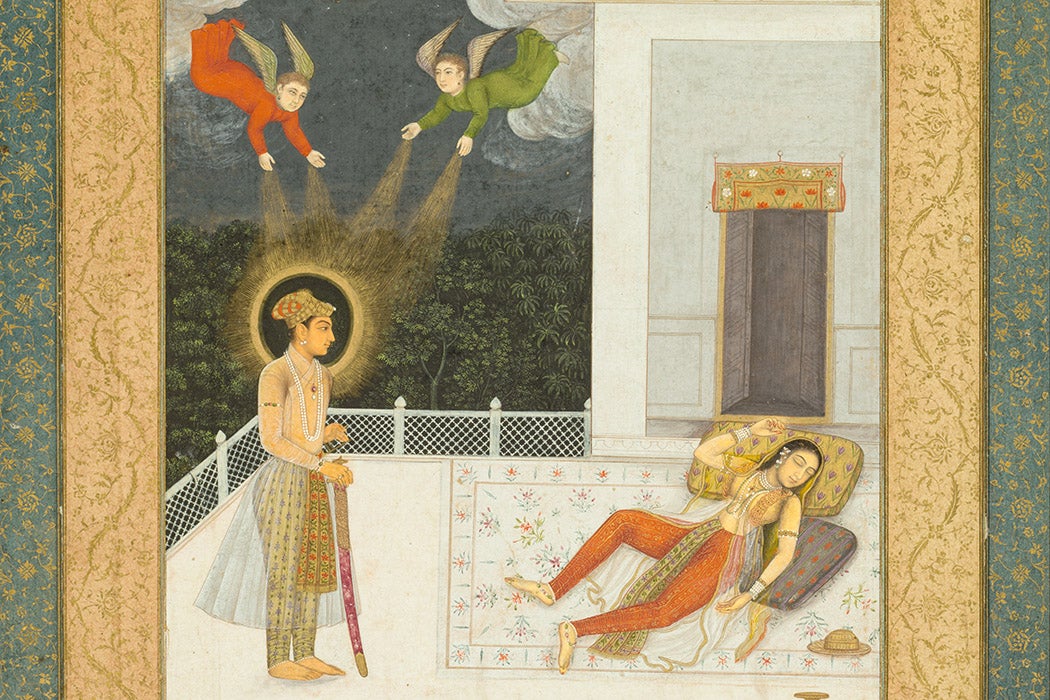In cultures around the world, people have used the things they dream at night to predict the future, draw artistic inspiration, and connect with the divine. As historian Nile Green writes, that’s very much true within the Muslim religion, where dreams have been an important topic since the beginning.
Even before the founding of Islam, Green writes, Arabia was home to people known as kahanah, who seem to have been professional dream interpreters. While Prophet Muhammad did not associate himself with this tradition, he is said to have identified dreams as a part of prophethood. Dreams are important to several stories in the Quran, which attributes prophetic dreams to figures including Abraham and Joseph.
In the early centuries of Islam, people recorded many dreams for their potential significance. One tradition holds that the Islamic call to prayer was the product of an instruction given by an angel who appeared in a dream to Muhammad’s companion ‘Abd Allah b. Zayd.
In the eighth century, new Arab translations of classical Greek texts influenced dream interpretation in the Muslim world, helping create what Green calls “a Muslim science of dreaming.” Interpreters developed methods of recognizing dreams caused by physical issues like overeating, dreams that held psychological importance, and dreams that represented religious revelation. Reflecting the importance of classical Mediterranean thought on Islam in this period, caliph al-Ma’mun described Aristotle appearing to him in a dream to lecture him on the concept of the good, which may have prompted him to subsidize the translation of many classical philosophical treaties.
Aristotle wasn’t the only one who appeared to Muslims in their dreams over the centuries. Others included both prophets of Islam and figures from other traditions. For example, the great Hindu teacher Vashishta showed up in a dream of the seventeenth-century Mughal prince Dara Shikoh (Shikuh), while pre-Islamic Zoroastrian rulers of Iran appeared to nineteenth-century Iranian politician I‘timad al-Saltanah.
“An underlying axiom of these dream encounters was the principle that wisdom was essentially universal, open to the learned and enlightened of any tradition,” Green writes.
During the period of the ‘Abbasid caliphate, from 750 CE through the mid-thirteenth century, the Baghdad court was fascinated by dream interpretation. Manuals from the era explained how to understand particular imagery. For example, cooking represented slander or seduction, while digging meant seeking hidden knowledge.
Weekly Newsletter
The Sufi tradition has always been particularly hospitable to the idea of revelation through dreams. For some Sufi thinkers, dreaming was a portal into a symbolic world where humans could encounter the infinite divine realms. Sufis often described experiencing this during voluntary periods of religious seclusion or—in the case of a number of mystics over the centuries—while imprisoned by authorities.
While these significant dreams might be most available to dedicated religious practitioners, Green argues that Muslims’ interest in dreams over the centuries is part of “the egalitarian spirit of Islam,” implying that anyone could have a small share in the power of prophecy.
Support JSTOR Daily! Join our membership program on Patreon today.







